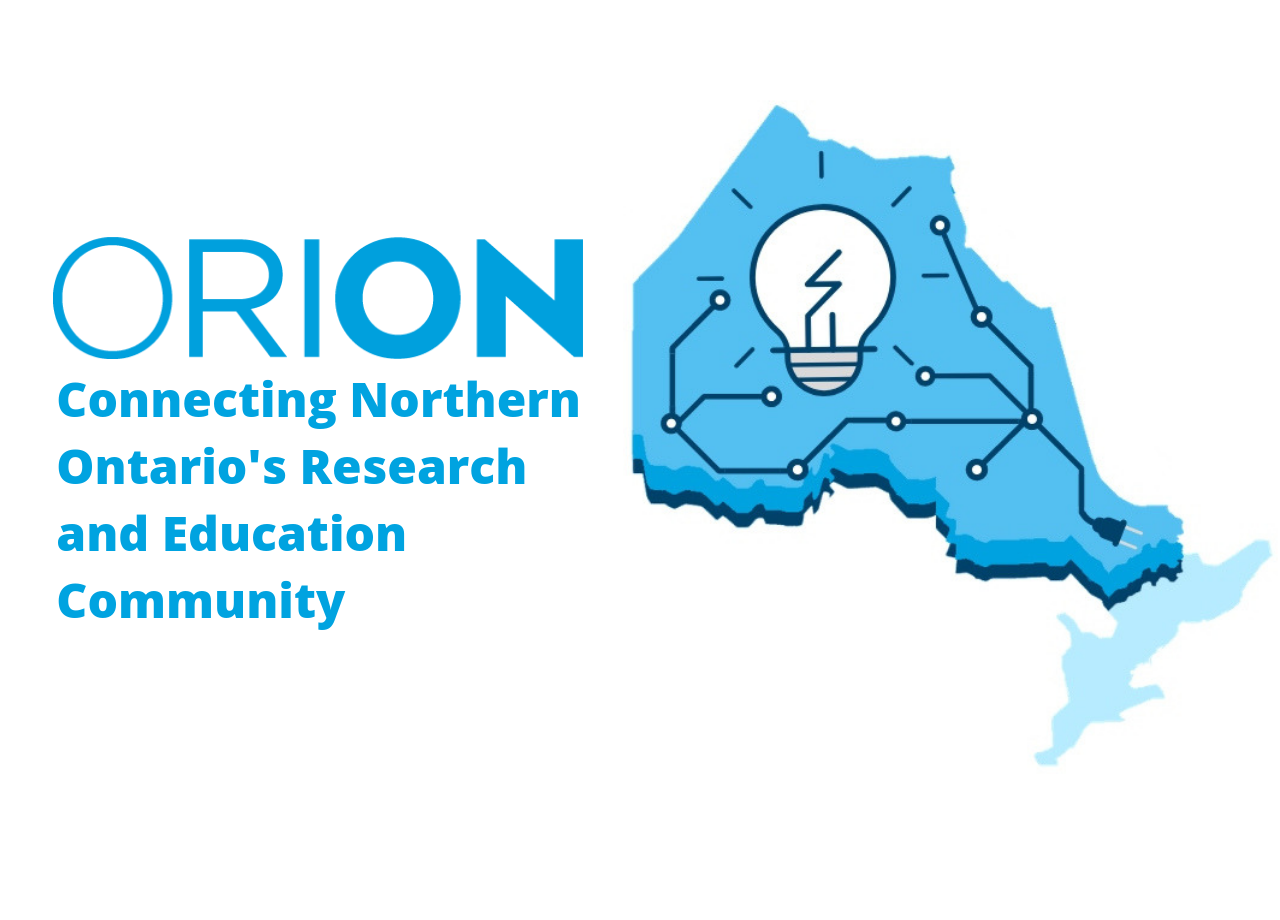When I think about the importance of connectivity in Ontario’s North, I think about Jessica Taylor. Jessica completed her Early Childhood Education diploma at Confederation College through Contact North, right in her hometown of Ginoogaming First Nation, Ontario.
“I liked online learning. I can work at my own pace, not in a huge classroom with hundreds of people.” We at ORION have heard so many stories like hers – ones in which on-campus learning hasn’t been a fit. And we think a lot about how we can help bridge the digital divide and support more people like her.
While the Canadian Radio-television and Telecommunications Commission (CRTC) has declared the internet a basic service, many regions, including Indigenous communities like Jessica’s, are being left behind. It’s not just about using Facebook – though social connections are imperative in ameliorating mental health issues – it affects access to health care, social services, employment, as well as education opportunities. In this way, I see improving connectivity quality and access to First Nations communities as a critical step towards reconciliation.
The Higher Education Quality Council of Ontario (HEQCO) recently released a report exploring digital learning initiatives in our province. The report entitled, “Government’s Role in Digital Learning: Review and Recommendations for the Ontario Ministry of Colleges and Universities” was commissioned by the Ministry of Colleges and Universities and offered recommendations to the Provincial government on how they can improve quality and access to digital learning opportunities province-wide.
In the report, improving access to digital learning, particularly for remote and rural communities, was the first of three government priorities identified. Northern Ontario’s connectivity is disproportionately more expensive and far slower than urban Ontario’s. The disparity in high-speed connectivity is particularly pertinent when considering the growing trend towards digital learning. Increased access to digital learning can offer an opportunity to reduce the post-secondary education participation gap in our provinces northern and rural populations. As HEQCO has aptly stated, “If the primary goal of expanded digital-learning activity is to bring more programming to rural and remote communities, then the government will need to ensure that there is adequate broadband internet access within these communities.” As you may know, Northern connectivity is a priority for ORION—a priority we have been working towards.
 In 2018, ORION released northern connectivity report, co-funded by the Northern Ontario Heritage Fund Corporation, outlining recommendations on the challenges to overcome as well as how to proceed in improving this region’s connectivity for research and education. And just this past year, ORION announced two major upgrades to our network. We completed the extension of our 100 Gbps infrastructure from Sudbury to Thunder Bay and extended our 200Gbps core network to ORION’s Sudbury point of presence. This represents a 20-fold increase in capability, providing ORION’s northern constituents far greater connectivity for future growth.
In 2018, ORION released northern connectivity report, co-funded by the Northern Ontario Heritage Fund Corporation, outlining recommendations on the challenges to overcome as well as how to proceed in improving this region’s connectivity for research and education. And just this past year, ORION announced two major upgrades to our network. We completed the extension of our 100 Gbps infrastructure from Sudbury to Thunder Bay and extended our 200Gbps core network to ORION’s Sudbury point of presence. This represents a 20-fold increase in capability, providing ORION’s northern constituents far greater connectivity for future growth.
ORION is always looking at how we can connect northern communities to our ecosystem to enable their participation in Ontario’s research, education, and innovation community. We are thankful that our government is pushing forward progress in digital education and taking steps to address the disparities in access to education in our province. We look forward to working with our friends mentioned in the report to move this initiative forward, and thank HEQCO, Contact North, and eCampusOntario for all they’re doing to make digital learning more accessible.

